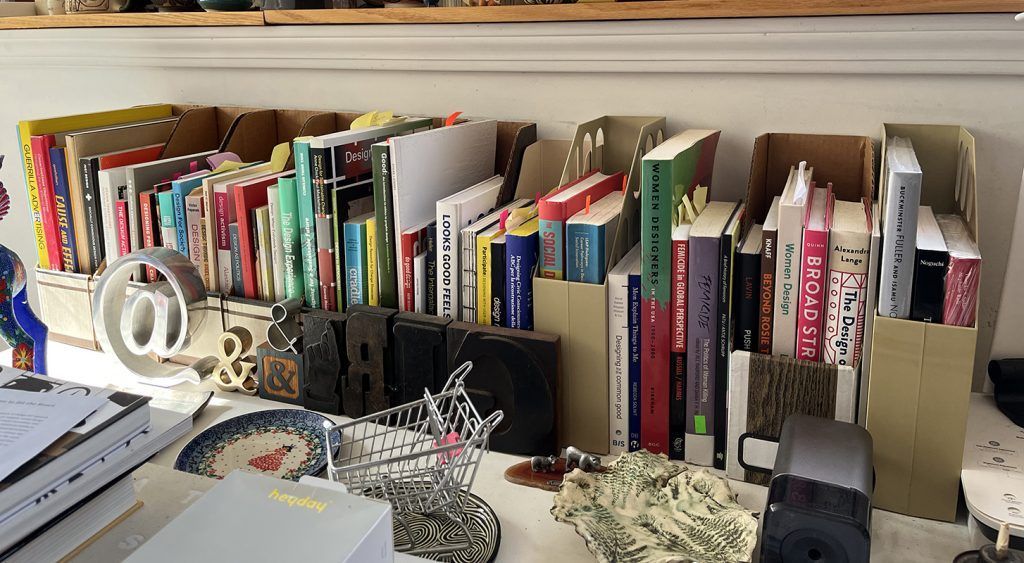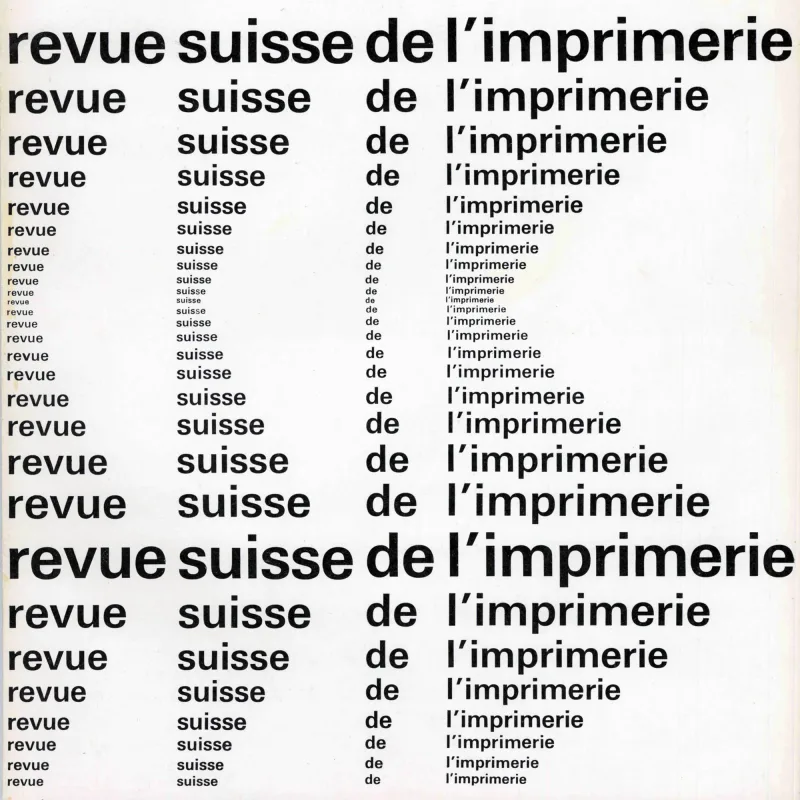Elizabeth Resnick | USA | ElizRes@gmail.com
Elizabeth Resnick is a Professor Emerita, former chairperson of the Graphic Design Department, and was part of the faculty at Massachusetts College of Art and Design, Boston, Massachusetts, since 1977. She earned her B.F.A. (1970) and M.F.A. (1996) degrees in Graphic Design from Rhode Island School of Design, Providence, Rhode Island. She ran her own independent Boston design studio from 1973 to 1996, working with many high-profile clients and is also a passionate design curator who has organized seven comprehensive design exhibitions. Elizabeth has written an array of design publications, which include The Social Design Reader, Bloomsbury Visual Arts (2019); Developing Citizen Designers, Bloomsbury Academic (2016) and A Problem-‐Solving Approach to Visual Communication, Prentice-‐Hall Publications (1984). As well as facilitating workshops around the world and publishing short commentaries, interviews with leading designers/design educators, and reviews for EYE Magazine (UK), Grafik Magazine (UK), tipoGrafica (Argentina), AIGA Journal of Graphic Design(US), Graphis (US), and others.
I interviewed Elizabeth about her journey in the field, her early influences and some of the many items in her collection.
First of all, could you tell me a bit about yourself, when did you start collecting printed matter?
I started collecting books as an undergraduate at Rhode Island School of Design in 1966-67. The first design books I bought at the RISD bookstore were Studio Vista books Fletcher, Forbes, Gill “Visual Comparisons” and Paul Rand’s “Thoughts on Design.” I also bought Armin Hofmann’s “Graphic Design Manual” and Josef Albers’s “Interaction of Color.” I have all four books still in good condition. Later I also subscribed to both Communications Arts Magazine and Print Magazine. My garage has a collection of these magazines and many other design magazines like Graphis (not the very early ones). The only magazines I have out in my studio area are EYE Magazine (missing only three early issues: 1, 2, 4) and the Dutch “Affiche” Magazine (missing only issue 1). I simply do not have the room!

I started teaching in the early 1970s and then began collecting books on graphic design and typography to use as reference materials in my classes and for my curriculum.
I have also always loved posters and have collected many classic books on posters and poster designs and many monographs on poster artists. I curated seven design exhibitions, most that featured posters. Three still have working websites:
Who were your early inspirations?
My earliest inspirations were Paul Rand (I have all his books signed) and Herb Lubalin (I have an almost complete collection of U&LC and his first book. I also have the Unit Editions book). Later I admired Paula Scher, early Pentagram (when they were five partners), David Lance Goines, and Emigre (I am missing the first few issues but have most of the entire collection).
What books and content are you currently reading?
I gathered a cache of books on social design while working on my own two publications for Bloomsbury. I am now interested in researching, writing, and publishing on unappreciated women in design, primarily from the early to mid-20th century (see my publishing for EYE).
Although I am not ready to sell much of my collection, I am trying to downsize, removing books to sell (mainly commercial texts on teaching graphic design and typography—not classics. Every publisher had to produce an introductory Type and Graphic Design text. There are too many and most are crap).

Other than the 3 EYE Magazines I mentioned above, I am not interested in collecting. However, I will buy monographs on historical figures (just bought “Zero” Hans Schlager because it was written by his wife, who I am interested in).









